When the hip is damaged due to arthritis, fractures, or other conditions, everyday activities like walking, driving, and climbing stairs become painful and challenging.
The stiffness may also make simple tasks like dressing, putting on shoes, and even intimate moments uncomfortable.
This discomfort can extend into restful moments, causing pain during sleep. If medications, lifestyle adjustments, and supportive aids like canes or crutches are insufficient in relieving these symptoms, it’s time to consider, in consultation with an orthopedic specialist, the possibility of hip replacement surgery.
During this process, it is crucial to identify all risk factors and potential benefits of the intervention. Factors such as the severity of the disease, the patient’s age, and their psychophysical characteristics play a vital role in making an informed decision.
Benefits of the Procedure:
The hip replacement operation allows you to alleviate and eventually eliminate pain, improve mobility, and return to normal daily activities. It is a safe and effective procedure, a major success in the field of surgery, enabling patients to regain the quality of their lives.
With the use of advanced, biocompatible materials and smaller-sized prosthetics, minimally invasive surgery options can expedite recovery times.
Components of the Hip Prosthesis:
A hip prosthesis is not a one-size-fits-all solution; it is personalized based on the patient’s characteristics and needs. Factors such as age, weight, and overall health influence the choice of implant.
The hip prosthesis consists of three main elements:
Ceramic head on a metal stem replacing the damaged femoral head.
Metal acetabular cup replacing the worn-out cartilage on the pelvis.
Polyethylene (or sometimes ceramic) acetabular insert.
These prosthetics are crafted from advanced, resilient, and biocompatible materials such as titanium, ceramic, polyethylene with vitamin E, and tantalum.
The lifespan of the prosthesis depends on the materials used, precision in design and customization, and the surgeon’s skill during implantation.
The Hip Replacement Procedure:
The procedure is planned through a strategy involving preoperative radiography to determine the suitable prosthesis for the patient. This preoperative planning, often done using computer programs, ensures precision.
Before admission, a pre-hospitalization assessment is conducted to evaluate the patient’s overall health. The anesthesiologist determines the best anesthesia for each case, typically opting for spinal anesthesia, which temporarily numbs the legs.
Admission to the prosthetic surgery department usually occurs on the same day as the surgery, sometimes the day before. Minimally invasive techniques, characterized by smaller incisions and tissue preservation, are becoming more common, offering benefits such as faster recovery and reduced postoperative discomfort.
Traditional hip surgery involves a 20-30 cm incision and a recovery period of 3-4 months. Minimally invasive techniques, however, allow successful implantation through smaller incisions, approximately 10 cm, with bone preservation, especially on the femur.
The minimally invasive hip replacement translates to rapid recovery, minimal bleeding, no bladder catheter, reduced pain, and a very low risk of transfusion for the patient.
In the procedure, damaged bone and cartilage are removed and replaced with prosthetic components firmly fixed to the bone, aiming to create a stable new joint. The surgical duration typically ranges from 45 to 60 minutes.
Post-Operative Recovery:
With the Rapid Recovery method, patients can stand up within 5-6 hours after the surgery, with no bladder catheter, no stitches on the wound, minimal bleeding, and reduced pain – all contributing to a shorter recovery.
Patients usually return home between the third and fifth day after the operation, continuing to follow the physiotherapist’s guidance.
Post-operative pain management, tolerable and optimal, is overseen by the anesthesiologist, surgeon, and subsequently, the physiatrist.
The goal of Rapid Recovery is to swiftly return the patient to their daily life, minimizing pain as quickly as possible. This approach allows patients to resume walking and climbing stairs immediately, recover joint movement faster and easier, and significantly reduce pain.
If you’re planning a hip replacement procedure, discover how to achieve these results with the approach of Dr. Vanni Strigelli.


